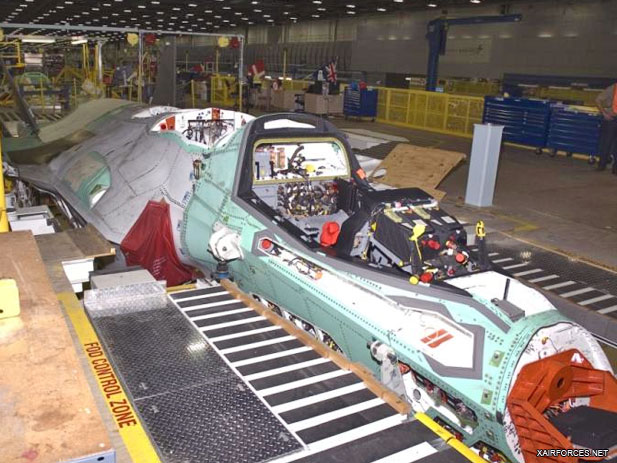
Mismanagement of F-35 program results in budget cuts

Where are the large orders that are to produce "economies of scale" and "affordability" for the F-35 Joint Strike Fighter (JSF)? Apparently in someone's imagination from 2001.
Consider that everything low-rate-initial-production (LRIP) batch 5 and before has little value because hardware that drives the final Block 3 software does not arrive until LRIP-6. Many of the various fixes for the F-35s other problems do not arrive until LRIP-7 or LRIP-8; at the earliest. And it will take some years for Block 3 software--which in part signifies the F-35 is ready to move on to full-rate production--to work in anything resembling a final go-to-war jet. Yet, delays to fixing technical problems are the consistent metric in the F-35 program.
The Joint Strike Fighter Memorandum of Understanding (MoU) is what joint strike fighter partner nations--Australia, Canada, Denmark, The Netherlands, Norway, Turkey, the U.K. and the U.S.--agree upon for their yearly order projections. These yearly order projections mentioned in MOU's over the years are more imagination, than a plan based on hard analysis.
Because of the 2nd Nunn-McCurdy U.S. DOD budget breach and various restructures to the program, the most recent MOU is April of 2010. Since then, more discovery of technical defects have created numerous kinds of problems for political decision makers.
And, who wants to buy a bunch of incomplete mistake-jets? So far it seems, the U.S., the U.K. (who now have a F-35B STOVL aircraft that is completely irrelevant to future air operations; is riddled with technical defects and has no credible working mission systems) and the Netherlands who have shown tremendous political confusion over the F-35 in recent years with purchase of "training" aircraft.
This graphic compares the April 2010 MOU to the recent U.S. DOD budget announcement. It illustrates U.S. per year F-35 orders are lacking. (Note: I have converted the MOU from calendar year to U.S. Fiscal year). Claims of "economies of scale" in the F-35 program seem a long way off. As a historical perspective here are some previous (and very optimistic projections) of F-35 orders. See a pattern?
And some say buying in 2016 is good because it represents "peak production" and low price. That faith-based idea, like others is dead.
What about Israel and Japan? What about Korea?
What about them? Israel, while being an interested security partner in the F-35 program has procurement of U.S. military equipment handled in a special way. Japan and Korea are run under the U.S. foreign military sales program (FMS). Those countries are expecting an F-35 with a mature design. Evidence of that has not surfaced. Also curious, is that FMS customers will get better home industry compensation than non-U.S. F-35 partner nations.
But didn't U.S. Defense Secretary Panetta recently state commitment to the program? Yes. And, it is an election year. That "commitment" comes with a U.S. DOD plan to cut 179 F-35 orders between FY2013~2017 due to numerous unresolved technical defects which are the source of program delay and price blow-outs. That is on top of previous cuts from previous restructures.
Until further notice, FY2011 seems to be "peak production" for the F-35.
Source: By Eric L. Palmer, 29 January 2012 - F-35 Lightning II News (www.f-16.net)
Photo: F-35 BF-1 STOVL move to Final Assembly on October 20th, 2007 (Photo by f-16.net)
(29.01.2012)
|